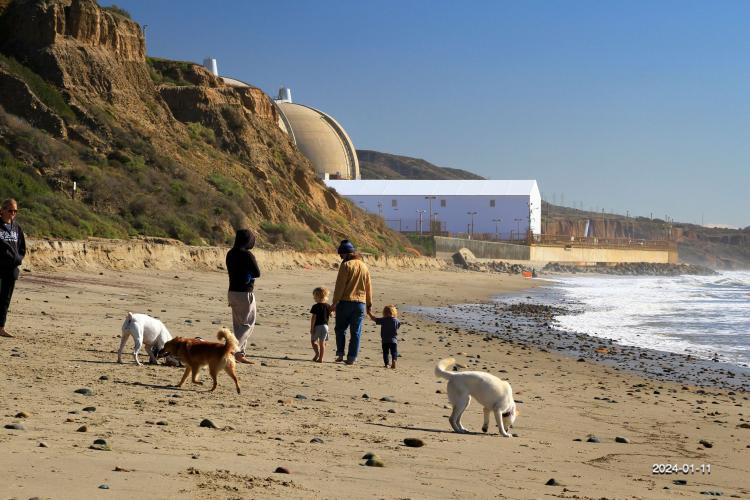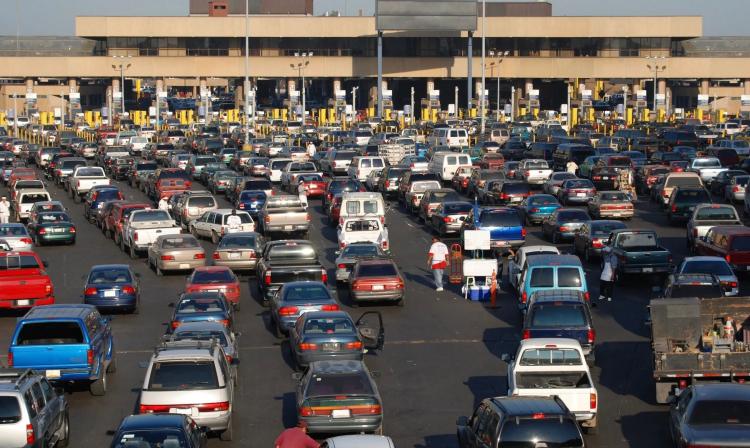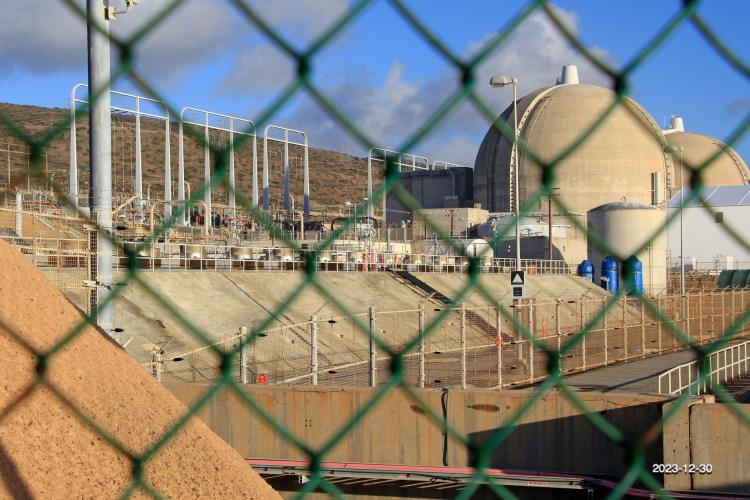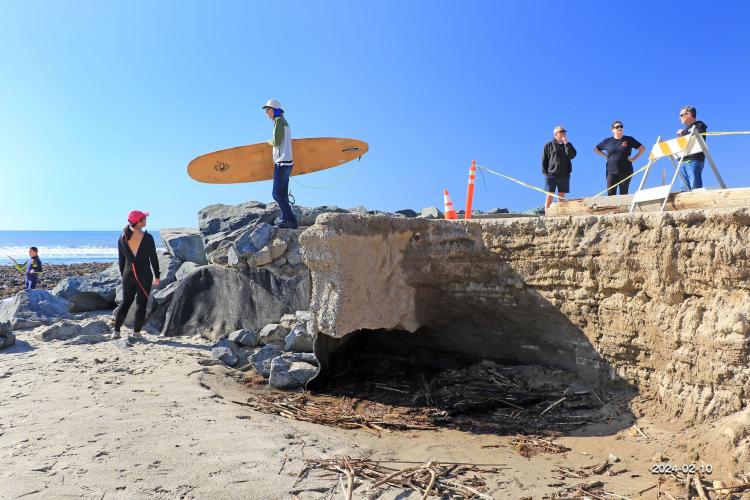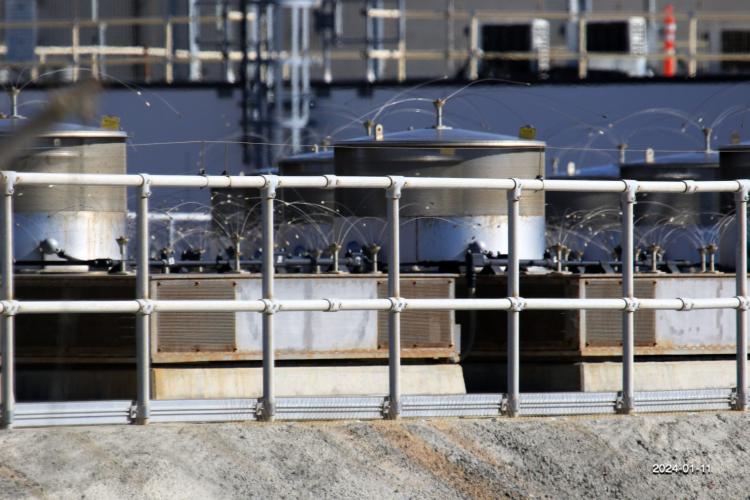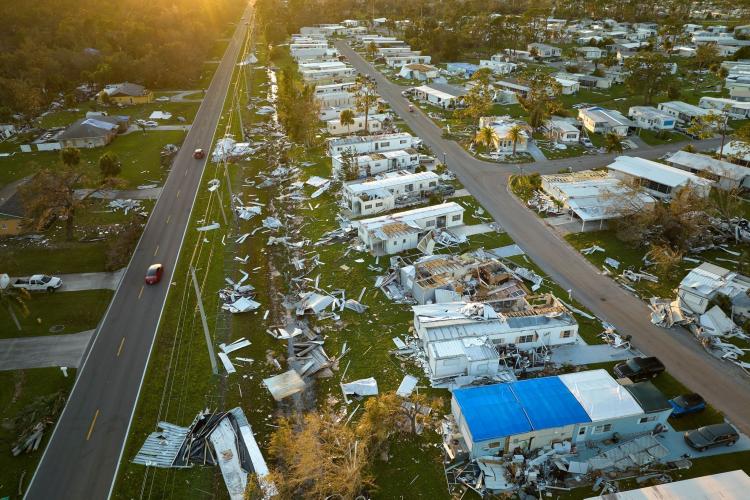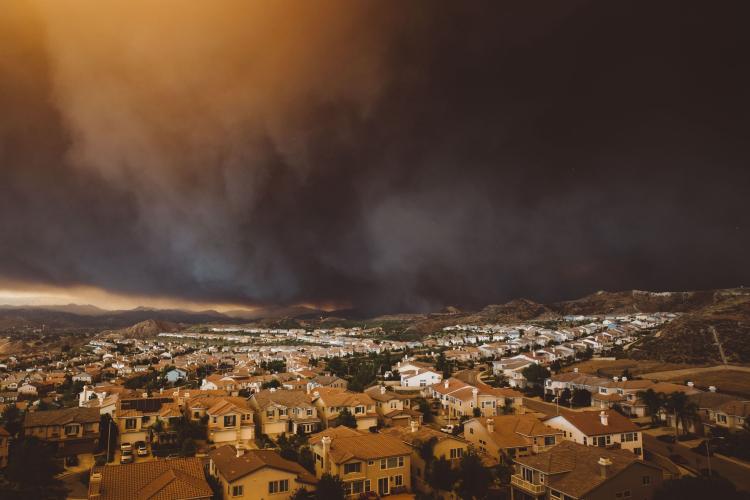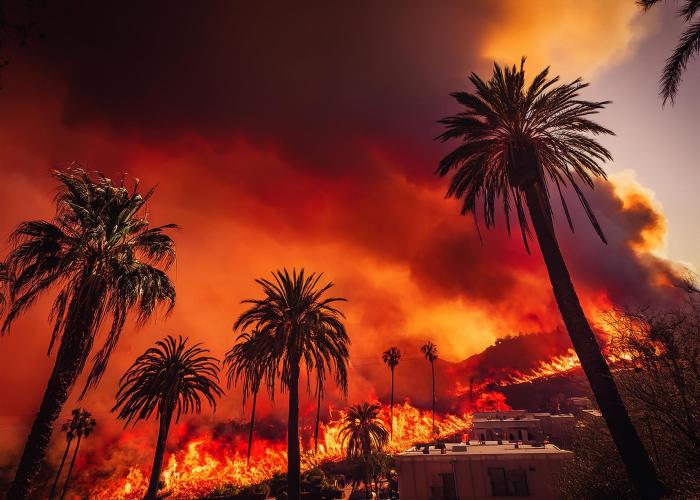1950s–60s: San Onofre is designed and constructed without consideration of earthquake faults, rising seas, and coastal erosion.
2004–2010: A cascade of mishaps: emergency batteries miswired, backup generators fail, piping systems degrade, and critical welding flaws go unnoticed. Whistleblowers sound the alarm, but the Nuclear Regulatory Commission (NRC) allows operations to continue.
2010–2011: NRC surveys reveal that 25% of workers fear retaliation for reporting safety concerns. Inspections find ten times more violations than industry norms. Meanwhile, equipment failures, mishandled materials, and procedural gaps continue unchecked.
2011: Fukushima shifts global public opinion. Locals demand that SONGS be shut down and radioactive waste removed from seismic zones. But the waste stays.
2013: After a radiation leak tied to faulty steam generators, SONGS is permanently shut down. Decommissioning begins, but instead of removal, the waste is buried on-site.
Today: The nuclear waste remains in welded stainless steel canisters, corroding in a salty marine environment with no long-term disposal plan in place. Federal agencies have failed to establish a permanent repository, and no emergency evacuation plan exists for surrounding communities, despite a limited 25 year canister warranty.
